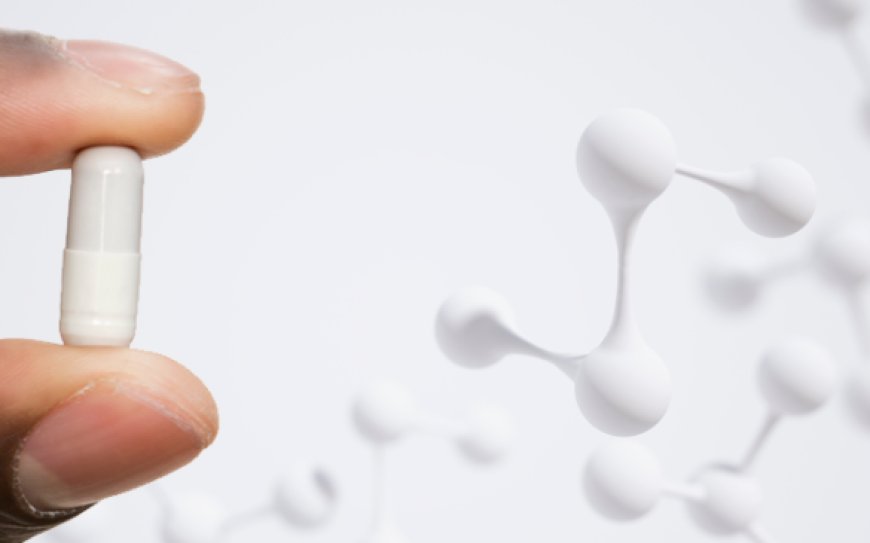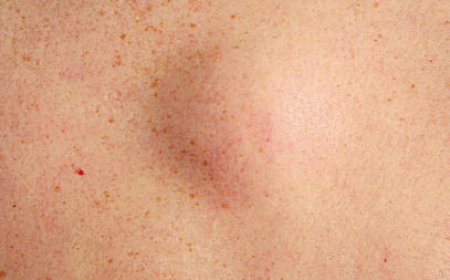Ranitidine: What It Is and How It Works for Acid Reflux

Ranitidine 150 mg was once among the most commonly prescribed and over-the-counter medications for treating acid reflux, heartburn, and related gastrointestinal conditions. It offered fast, reliable relief for millions of people suffering from excessive stomach acid. Known by brand names such as Zantac, ranitidine belonged to a class of medications called H2 (histamine-2) receptor blockers, which worked by reducing acid production in the stomach.
Although ranitidine has been withdrawn from many markets due to safety concerns, understanding how it worked and its role in treating acid reflux helps illuminate the evolution of gastrointestinal treatment and the importance of drug safety monitoring. This article explores what ranitidine is, how it works to treat acid reflux, and why it was discontinued in many countries.
What Is Ranitidine?
Ranitidine is an H2-receptor antagonist, a class of drugs designed to block histamine receptors in the stomach lining. These receptors stimulate acid secretion. By inhibiting their activity, ranitidine effectively reduces the production of gastric acid, offering relief from conditions caused or worsened by excess acid.
It was first introduced in the early 1980s and quickly gained popularity due to its effectiveness, ease of use, and fewer side effects compared to older treatments. Ranitidine became available both over-the-counter and by prescription, making it accessible for a broad range of patients.
What Is Acid Reflux?
Acid reflux, or gastroesophageal reflux disease (GERD) when chronic, occurs when stomach acid flows back into the esophagus, irritating its lining. The most common symptoms include:
-
Heartburn (a burning sensation in the chest)
-
Regurgitation of food or sour liquid
-
Difficulty swallowing
-
Sore throat or cough
If untreated, acid reflux can lead to complications such as esophagitis, Barretts esophagus, or even esophageal cancer in severe cases. Medications like ranitidine were designed to reduce acid levels, allowing the esophagus to heal and symptoms to diminish.
How Ranitidine Works in the Body
Ranitidine reduces stomach acid through the following mechanism:
1. Blocking H2 Receptors
Histamine is a chemical messenger that stimulates acid-secreting cells in the stomach to produce gastric acid. Ranitidine works by selectively blocking H2 receptors on these cells, preventing histamine from binding to them. This reduces acid secretion, especially after meals or during the night when acid production can increase.
2. Decreasing Gastric Volume and Acidity
With less histamine activation, the stomach produces less acid both in volume and strength (pH level). This helps:
-
Relieve heartburn and indigestion
-
Heal acid-induced ulcers
-
Prevent acid reflux into the esophagus
3. Onset and Duration of Action
-
Ranitidine typically began to work within 12 hours of ingestion.
-
Its effects lasted for 812 hours, making it suitable for twice-daily dosing in most cases.
-
For prevention, it could be taken before meals or at bedtime, depending on the symptoms.
Conditions Treated with Ranitidine
Although primarily used for acid reflux, ranitidine was prescribed for a variety of gastrointestinal conditions:
-
Gastroesophageal Reflux Disease (GERD)
-
Peptic Ulcers Both duodenal and gastric ulcers
-
Zollinger-Ellison Syndrome A condition with excessive acid production
-
Stress Ulcers In critically ill patients
-
Dyspepsia Indigestion or upper abdominal discomfort
It was also used prophylactically before surgery or in hospitalized patients to reduce the risk of acid aspiration.
Advantages of Ranitidine
Ranitidine gained rapid popularity due to several factors:
-
Effective Acid Control: Offered rapid relief from symptoms.
-
Fewer Side Effects: Compared to proton pump inhibitors (PPIs) and antacids.
-
Available in Multiple Forms: Tablets, syrups, and injections for various clinical needs.
-
OTC and Prescription Availability: Widely accessible to patients.
These features made it an ideal medication for short-term and sometimes long-term acid suppression therapy.
Why Ranitidine Was Withdrawn
In 20192020, ranitidine became the focus of intense scrutiny after it was discovered that some ranitidine products contained NDMA (N-Nitrosodimethylamine), a probable human carcinogen.
1. NDMA Formation
-
NDMA can form during the manufacturing or storage of ranitidine, especially under heat and improper conditions.
-
It was found that the longer the product was stored, especially in warm environments, the higher the levels of NDMA could become.
2. FDA and Global Regulatory Actions
-
In April 2020, the U.S. FDA requested the removal of all ranitidine products from the market.
-
Other countries, including India, Canada, and those in the EU, followed with similar recalls or bans.
3. Impact on Patients
-
Patients using ranitidine were advised to stop taking it and switch to safer alternatives.
-
There is no immediate risk from short-term use, but long-term exposure to NDMA could increase cancer risk.
Alternatives to Ranitidine
Following its removal, several medications are used as substitutes:
1. H2 Blockers
-
Famotidine (Pepcid) Now the preferred H2 blocker.
-
Nizatidine Similar action but less widely used.
2. Proton Pump Inhibitors (PPIs)
-
Omeprazole, Lansoprazole, Pantoprazole
-
More potent acid suppressants than H2 blockers.
-
Often used for moderate to severe GERD or ulcers.
3. Lifestyle Changes
In addition to medication, lifestyle modifications help control acid reflux:
-
Avoid spicy and fatty foods
-
Eat smaller meals
-
Do not lie down immediately after eating
-
Elevate the head of the bed
-
Quit smoking and reduce alcohol consumption
Final Thoughts: Ranitidines Role in Acid Reflux Treatment
Ranitidine was a cornerstone in the management of acid reflux and related gastrointestinal conditions for over 30 years. Its mechanismblocking H2 receptors to reduce stomach acidprovided relief to millions. While the drug was highly effective and generally safe, concerns over NDMA contamination led to its global withdrawal as a precautionary health measure.
Today, safer and equally effective alternatives like famotidine and PPIs are available. Still, ranitidines long history in medical use serves as a reminder of the importance of ongoing drug safety monitoring and the evolution of pharmaceutical science.
If you were a previous user of ranitidine and are seeking alternatives, consult your healthcare provider to discuss the best and safest options for your condition.





























